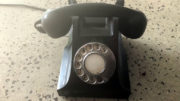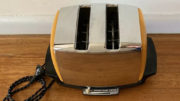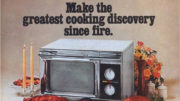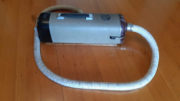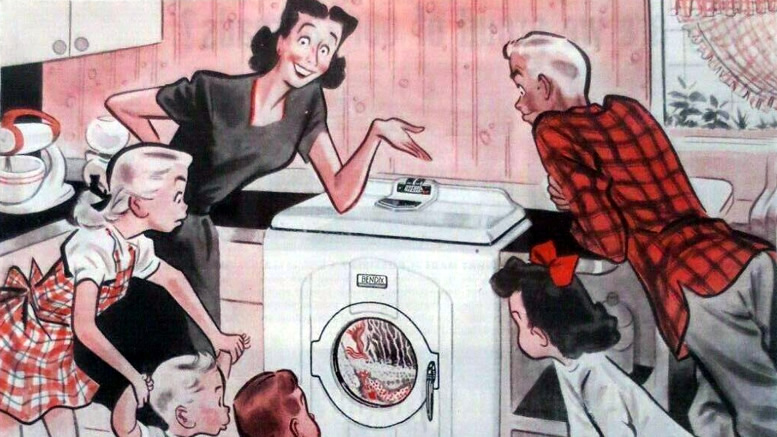 A lot of home appliances were about long before electricity, some would use motors to operate them but most were operated by hand.
A lot of home appliances were about long before electricity, some would use motors to operate them but most were operated by hand.
The washing machine works on the principal of pushing water through the fabric of the clothes, and the first tool invented to do this was the dolly. This tool was not much more than a broom with four fingers at the bottom to move the clothes around in the bucket you were using.
The first washing machine was designed by H. Sidgier of Great Britain in 1782. It consisted of a cage with wooden rods and a handle for turning. From this design in the late 1800’s company’s started producing hand operated machines that used paddles or dolly’s. Then came the revolving drum from James King in 1851. This was shortly followed by a revolving drum with reversing action, from Hamilton Smith in 1858.
In the early 1900’s with the advent of small electric motors, the washing machine entered the electric age. In 1906 Fisher produced the first electric washing machine. The machines worked reasonably well, but with the motor bolted to the side of the machine. They were not very safe as water often spilt over the side and into the motor or switch. It was not until after a few people got fried, that they enclosed the drum into a case in the 1930’s.
The first fully auto machine was introduced at a state fair in Louisiana in 1937 by a company called Bendix Corporation. General Electric claim to be the makers of the first fully auto machine in 1947 but this may be the first auto machine with an agitator. Autos did not get to England until the mid 1950’s and they were as expensive as a small car. Many early machines prior to the introduction of the spin cycle used two rollers on the top of the machine to wring out the water. This device was often called a wringer, it could squash your fingers if you were not careful.
By the 1960’s the costs of the autos were reduced when companies started producing twin tub machines and this style of washer sold millions. In the U.S. a company named Seeburg famous for making jukeboxes started production of an automatic washing machine that flopped in sales. The timer mechanism they had designed was very successful and many companies started using the Seeburg timers, this forced the prices down to the stage where nearly all washing machines sold today are fully automatic.

